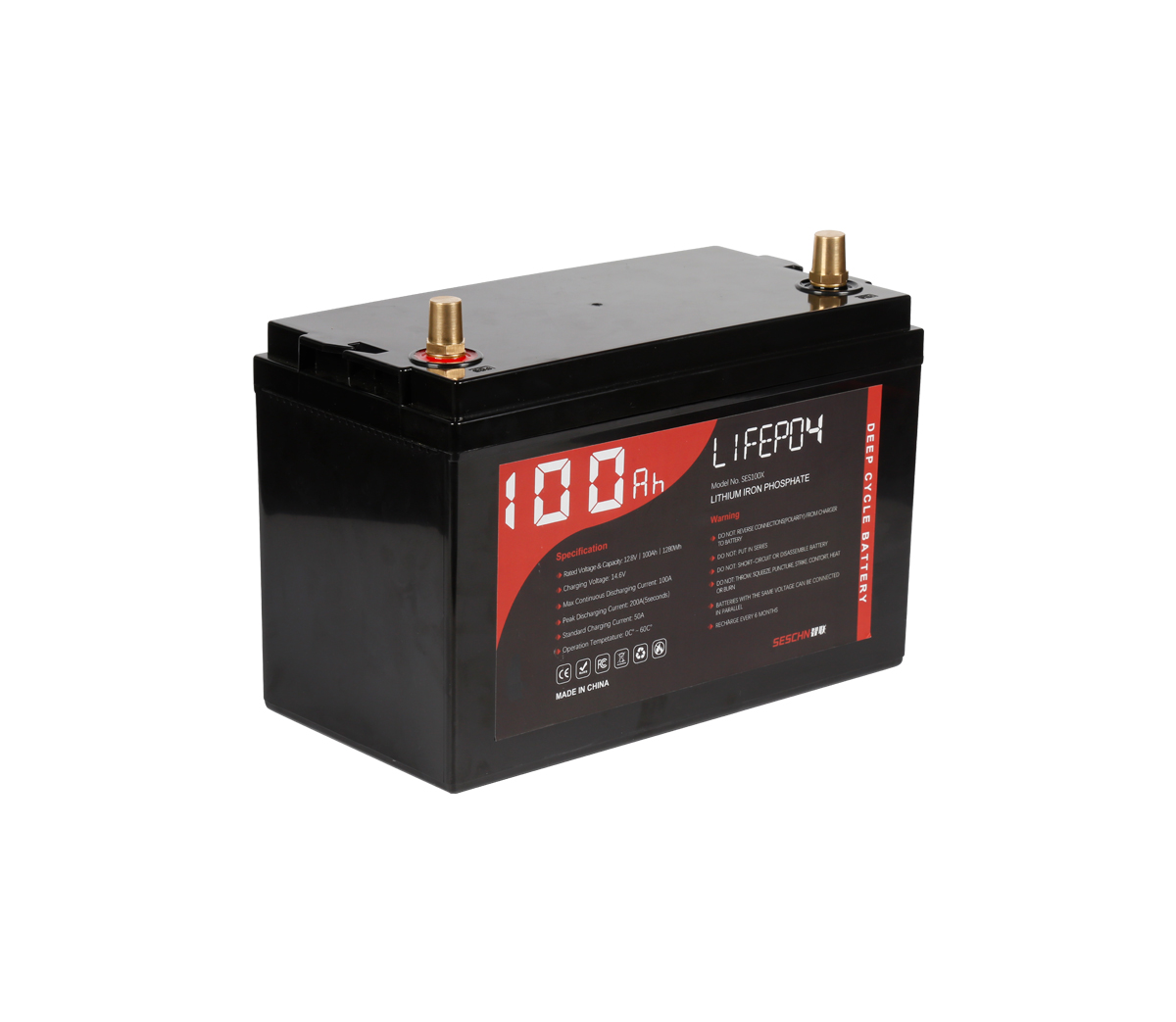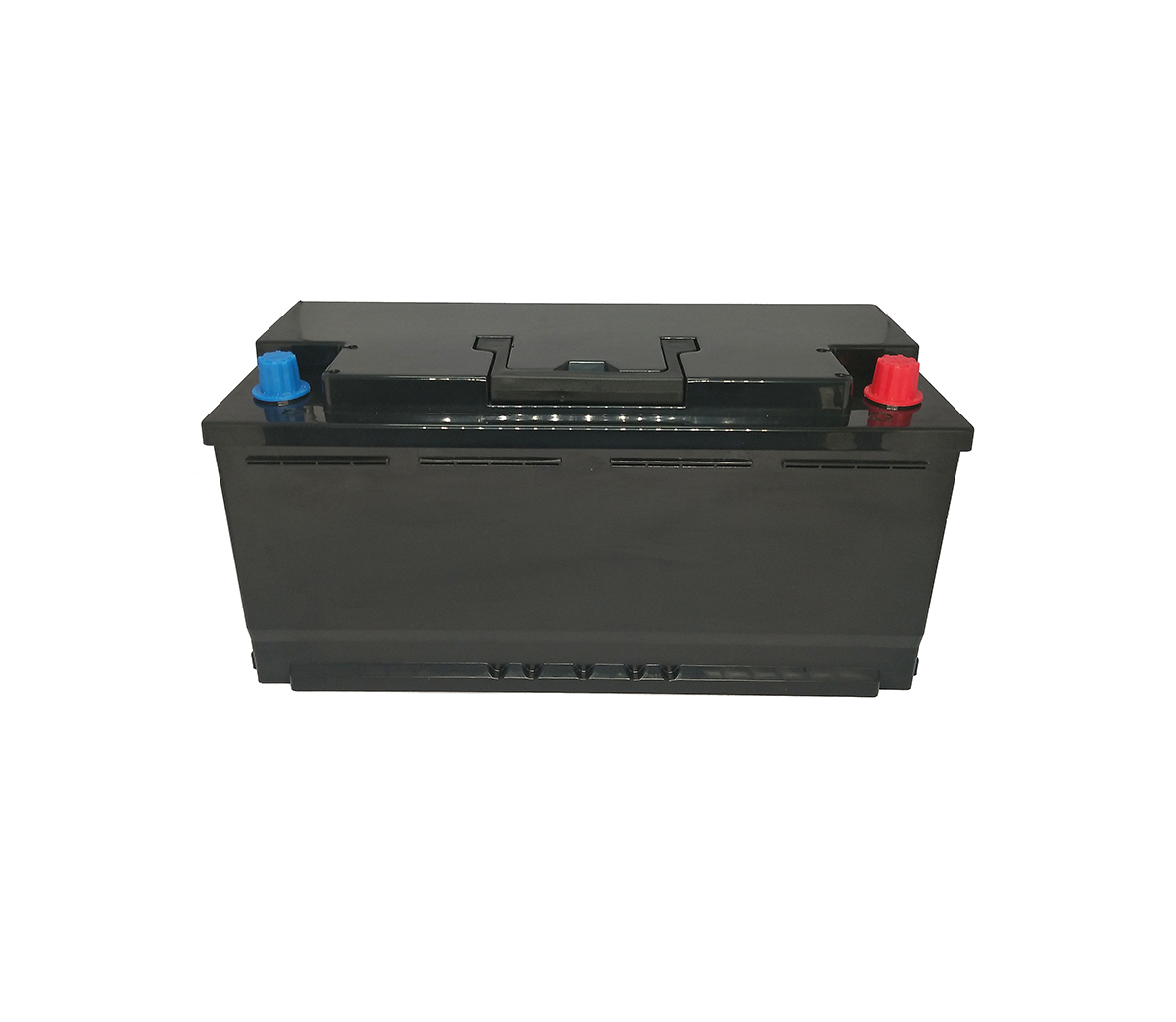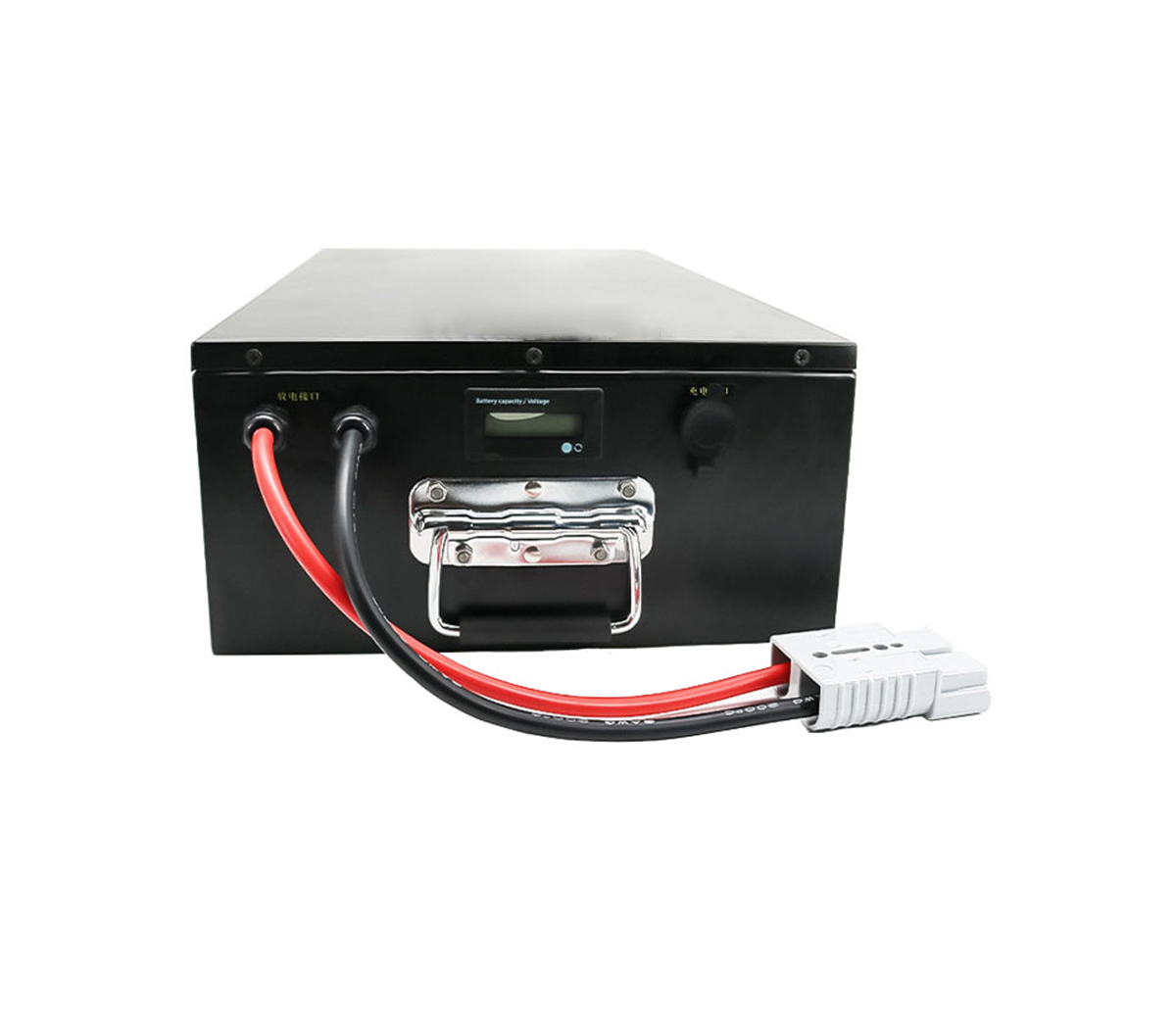In-depth research on the power lithium battery recycling industry
As the number of new energy vehicles continues to grow, the large-scale
demand for power lithium batteries will be accompanied by industry opportunities
for lithium battery recycling and echelon utilization. The development of power
lithium battery recycling and echelon utilization industries is both necessary
(to avoid environmental pollution And waste of resources), it is also
economical.
As the number of new energy vehicles continues to grow, the large-scale
demand for power lithium batteries will be accompanied by industry opportunities
for lithium battery recycling and echelon utilization. The development of power
lithium battery recycling and echelon utilization industries is both necessary
(to avoid environmental pollution And waste of resources), it is also
economical.
1. The resource and environmental hazards of used lithium batteries are
gradually being valued
The demand and scrap volume of power lithium batteries continue to grow
In 2015, China’s total output of lithium batteries was 47.13Gwh, of which
power battery output was 16.9Gwh, accounting for 36.07%; consumer lithium
battery output was 23.69Gwh, accounting for 50.26%; energy storage lithium
battery output was 1.73Gwh, accounting for 3.67%.
We estimate that by 2020, the demand for power lithium batteries will reach
125Gwh, and the scrap volume will reach 32.2Gwh, about 500,000 tons; by 2023,
the scrap volume will reach 101Gwh, about 1.16 million tons. The large-scale
power lithium battery market will be accompanied by industry opportunities for
lithium battery recycling and downstream echelon utilization. The development of
lithium battery recycling and echelon utilization will not only avoid resource
waste and environmental pollution, but also generate considerable economic
benefits and investment opportunities.
In the first half of 2016, China's new energy vehicle production and sales
reached 177,000 and 170,000 vehicles respectively, and it remains the world's
largest new energy vehicle market. The production and sales of new energy
vehicles from January to February were lower due to the influence of the Spring
Festival and policy factors. With the advancement of policy adjustments, new
energy vehicles gradually achieved recovery growth from March to June in the
first half of the year, sprinting to the level of 35,000 units in June. From
July to August in the second half of the year, new energy vehicles remained
stable at around 30,000 units, waiting for further growth momentum.
According to statistics from China Automobile Association, in August,
21,303 new energy vehicles were produced and 18,054 were sold, an increase of
2.9 times and 3.5 times respectively year-on-year. Among them, the production
and sales of pure electric vehicles were 13,121 and 12,085 respectively, an
increase of 3.8 times and 6.1 times year-on-year. The production and sales of
electric hybrid vehicles were 8182 and 5969 respectively, a year-on-year
increase of 2 times and 1.6 times respectively.
According to the relevant policies and regulations of the Ministry of
Industry and Information Technology, the subsidy standard for pure electric
passenger vehicles is gradually declining after comprehensively considering
factors such as scale effect and technological progress; in addition, after the
government has increased its efforts to check fraud and compensation in the
first half of 2016, it is considered to adjust the policy And modify.
The state will improve the subsidy policy in many aspects, study the
establishment of a dynamic adjustment mechanism, adjust the product structure,
and enhance the advanced level of subsidized products.
The increase in the government's efforts to check fraud and subsidies will
help standardize the development of the industry and increase the power of
enterprises' independent technology research and development and industrial
upgrading; it will also help prevent excessive expansion of the industry's
production capacity and improve the policy and institutional environment for the
development of the new energy vehicle industry.
The new energy automobile industry will continue to be in a stage of rapid
development at present and in the next 3 to 5 years. Policy transformation and
industrial structure adjustment are the only ways to make the industrial
development more healthy and perfect. With the continuous upgrading of electric
vehicle technology and the continuous improvement of industry concentration, the
industry will continue to experience rapid development in the future.
By comprehensively considering factors such as changes in subsidies, the
number of charging and replacement facilities, the price difference between oil
and electricity, and the performance of electric products, we have established
the forecast as shown in Figure 4:
The demand and scrap volume of power batteries are not only closely related
to the new output of new energy vehicles, but also related to the proportion of
different vehicle models, the transfer trend of battery technology routes, the
service life of different power batteries, and the obsolescence years of
different electric vehicles. The current average standards in the industry are
as follows, which can be used as assumptions for predicting the demand and scrap
volume of power batteries:


































